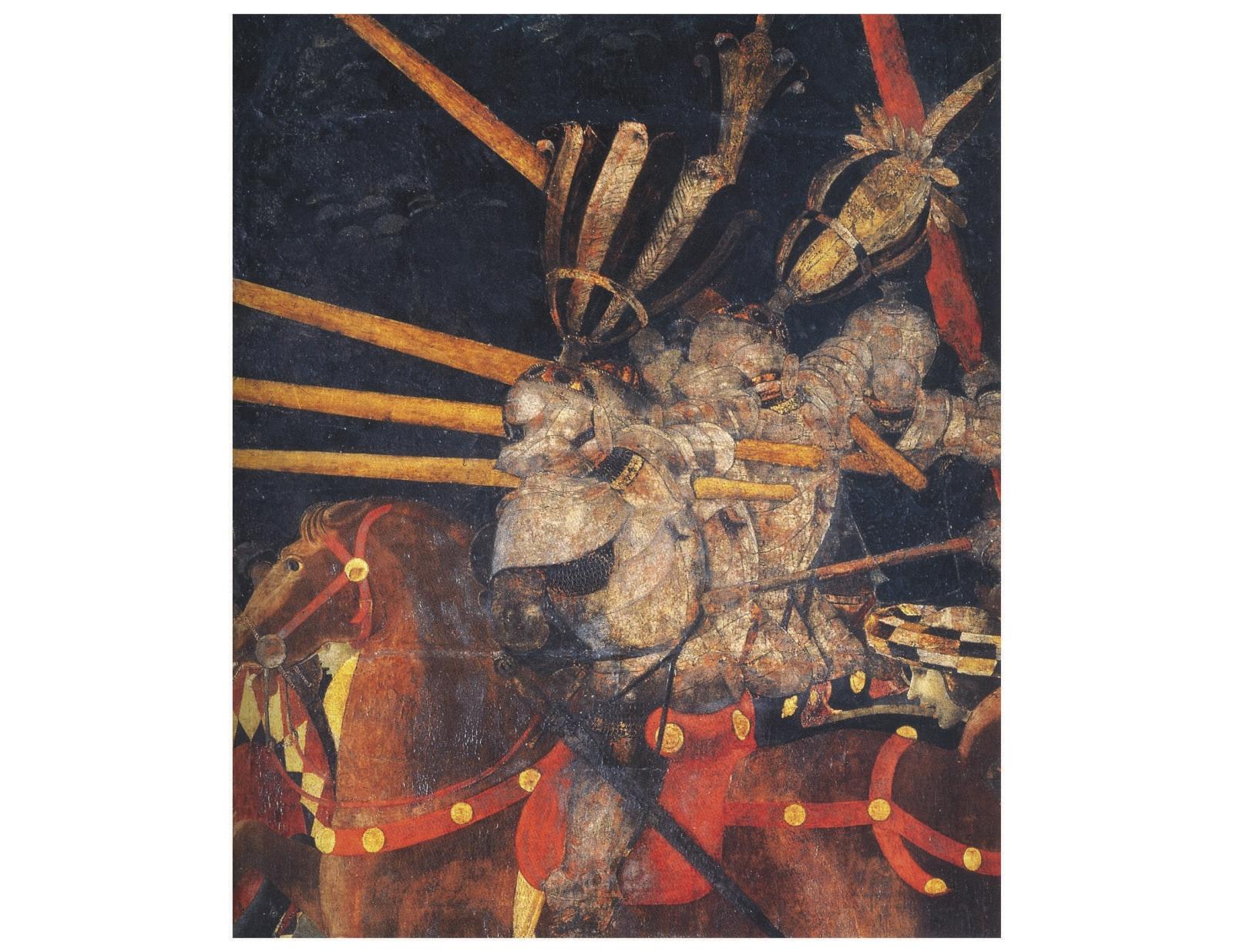ARC 342R / ARC 388R.19 Seminar
Mon 7:00 - 10:00pm, SUT 2.112
Open to all ARC students
Vince Snyder: snyder@utexas.edu
This course examines the various design logics of projection and proportional systems related to design and the theories that define such applications from the Renaissance until our present condition of hyper-pluralism. To that, we will also consider numerous techniques and motivations of representation in conjunction with the analyses and symbolic interpretation as directly related within their intellectual contexts.
The initial theoretical underpinnings of the course will begin with a thorough reading of Wittkower’s Architectural Principles in the Age of Humanism to establish the conceptual frameworks of form to content relationships prevalent in the 15th-17th centuries. After remaining dormant for a few centuries, some of these logical constructs were revived. These reintroduced but modified systems will be discussed following readings that outline both an extension and inversion of what may be considered traditional applications of projection and proportion in architecture. Finally, the course will conclude with a contemporary position that argues for a re-consideration of these systems of logic as possible primary sources for metamodern design production born from postmodern destabilization.
Note, that while the readings are assigned in chronological order, their content will be largely considered and discussed relevant to contemporary design production although primarily within the field of architecture and landscape design. However, other examples of art & design will be also be considered and the accompanying exercises encourage explorations in any design field.
Lastly, and most importantly, the specific content considered in the course is but one valuable grouping of knowledge that may be pursued within the process of design; the larger conceptual techniques and rigorous methods learned in the course can be directly applied to an infinite range of design interests and approaches, which on their surface may appear unrelated.


